Financial Freedom Update – December 2015
Welcome to the Million Dollar Journey December 2015 Financial Freedom Update. For those of you new here, since achieving $1M in net worth in June 2014 (age 35), I have shifted my focus to achieving financial independence. How? I plan on building my passive income sources to the point where they are enough to cover our family expenses. All within the next 5 years. If you would like to follow my journey, you can get my updates sent directly to your email, via twitter (where I have been more active lately) and/or you can sign up for the Money Tips Newsletter.
In my first Financial Freedom update, I talked about what life has been like since becoming a millionaire, why I like passive income, and our family financial goals going forward.
Here is a summary:
Financial Goals
Our current annual recurring expenses are in the $50-$52k range, but that’s without vacation costs. However, while travel is important to us, it is something that we consider discretionary (and frankly, a luxury). If money became tight, we could cut vacation for the year. In light of this, our ultimate goal for passive income to be have enough to cover recurring expenses, and for business (or other active) income to cover luxuries such as travel, savings for a new car, and simply extra cash flow.
Major Financial Goal: To generate $60,000/year in passive income by end of year 2020 (age 41).
Reaching this goal would mean that my family could live comfortably without relying on full time salaries. I would have the choice to leave full time work and allow me to focus my efforts on other interests, hobbies, and other capitalistic pursuits.
Current Financial Numbers
So now that I’ve declared my financial goal, where do I stand now? Here are the annual dividends generated by account:
Account Dividends/year SM Portfolio $5,786.67 TFSA 1 $1,508.50 TFSA 2 $1,873.35 Non-Registered $750 Corporate Portfolio $2,369.10 RRSP 1 $3,520.84 RRSP 2 $282.90 Total Dividends: $16,091.36/year
There are a few updates since my last post in August. To start, my wife has extended her leave for another year, so we have another year of living off my government salary. After that, she’ll have to make the big decision of whether to leave her line of work, or dive back in. It’s a big decision to make, but the bright side is that she still has several months to make a choice.
In the last update, I also mentioned my investment in private equity in the form of a convertible loan (a loan that can convert to equity in the company). At the end of the one year loan term, the company growth was not quite where I was hoping, so I decided to call the loan. While it’s great to have the cash back in the account, it just builds upon the cash reserve that I need to deploy.
On that note, lets take a look at investment income. As readers may know, I am a fan of dividend investing for producing passive income. While there are merits to this investment strategy, there are also substantial risks – particularly dividend cuts. The goal of the strategy is to pick strong companies with a long track record of dividend increases, but even with the best of intentions, my portfolios have seen a number of dividend cuts. With prolonged low oil prices, oil and gas dividend stocks have taken a hit. With significant exposure to the energy market, it hasn’t been pretty.
To start, my leveraged Smith Manoeuvre dividend portfolio for the first time has seen a significant drop in dividend income year over year. This is due to dividend cuts in resource names such as: Canadian Oil Sands; Baytex Energy; Crescent Point Energy; Major Drilling Group; Calfrac Well Services; and, Teck Resources. While these are companies of decent quality, prior to their dividend cuts, they did not have a history of dividend increases. This account currently sits at $1,368.75/quarter in dividends vs. $1,446.5/quarter reported last in the update. We’ve also seen smaller reductions in dividends in our TFSA and RRSP.
Even with the reduction in dividend income in some of our accounts, it hasn’t been all bad. The good news is that I’ve been deploying some of that corporate cash into dividend stocks which has resulted in an overall gain in dividend income quarter over quarter. With oil in the 30’s and other resource/materials companies hurting, I am watching the best names and waiting to deploy more capital. In case you are wondering, i’m watching ExxonMobil, Chevron, Imperial Oil, Potash Corp, TransCanada, Suncor, and Enbridge.
We still have a long way to go, but we are, for the most part, moving in the right direction.
| Account | Dividends/year |
| SM Portfolio | $5,475.27 |
| TFSA 1 | $1,444.00 |
| TFSA 2 | $1,858.50 |
| Non-Registered | $672 |
| Corporate Portfolio | $3,669.10 |
| RRSP 1 | $3,464.69 |
| RRSP 2 | $289.95 |
Total Dividends: $16,873.51/year
I've Completed My Million Dollar Journey. Let Me Guide You Through Yours!
Sign up below to get a copy of our free eBook: Can I Retire Yet?


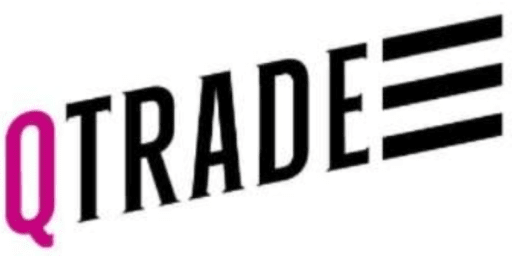

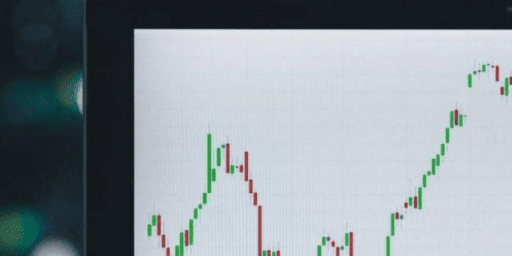
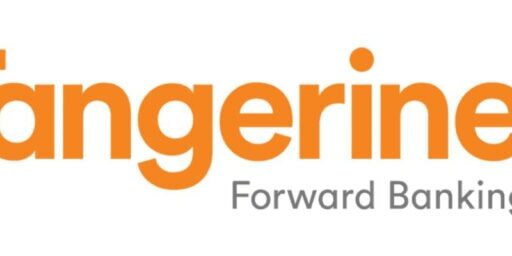
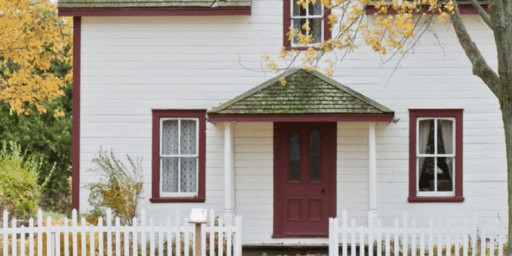
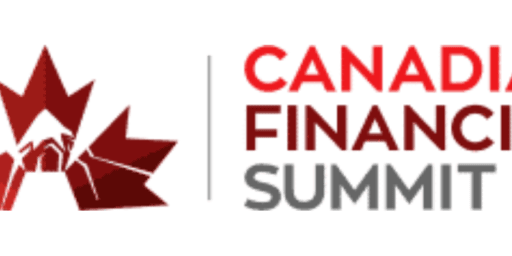


I plan to use my first time downpayment from my rrsp 25k, tax savings 25k and my esavings 25k for a downpayment on a home. What is the consequences ie tax. I know I have to pay back rrsp.
Other than what you mentioned about paying back the RRSP, I do not see any tax consequences of your situation.
We just hit 1MM Net worth as well. (300K house and 720K invested) Both my wife and I are now moving to fun part time work – which will lower our income significantly, greatly reducing taxes and greatly increasing our monthly gov subsidies for our 3 kids to about $1200/month. With the increase in subsidies and our part time incomes, we don’t expect to dip into the accounts that much. Therefore, the accounts should continue to grow nicely.. :)
In this article, you reference your SM Portfolio. I am interested in knowing what the current status of that portfolio is. Is it still the same? How have you fared considering the resources downturn?
@Tx, since the portfolio had heavy exposure to energy, the portfolio has certainly taken a hit in both dividends and capital appreciation (like the TSX). I will post an update in the new year.
First time posting here. I’m 45, live on the east coast as well with current net work ~ 1.6m. I have about 670 k invested with a financial advisor, and in the past few months I started investing slowly (40 k to date) primarily in ETF’s. I have a cash stash put aside and am ready to start investing on my own, ie, wean myself of the financial advisor. My plan is to invest 30 to 40 k per QT over the next few years on my own and if it works , gradually take money form the Financial advisor accounts and move into my own. Being Frugal by name, I can’t handle the large fees, even though I have lower MER’s than some. I look forward to following along this blog and will accept and direction as I try to steer my own ship.
Thanks for the feedback Bern and I hope to hear more from you going forward. All the best in your investing journey.
We are also working towards this goal (financial independence) but we are tracking it by our total net worth rather than how much we want to make in passive income each year. It’s exciting to have such lofty goals, isn’t it? I love to read about other’s progress and tips!
Are you still a “millionaire” after your energy-heavy portfolio had a tough year?
Hi Greg, our leveraged dividend portfolio certainly took the biggest hit this year, but yes, we are still in the millionaires on paper. :)
I know no one likes to predict but since you are watching the giant oil stocks waiting to deploy more capital. What is your take on the price of crude? What is your best guess at a bottom? This over supply thing is getting silly, when something positive happens during the week, the weekly crude inventory report just kills any upward rally of crude.
Hi Peter, hard to call the bottom. The pressure downwards will continue as long as there is an oversupply issue. The only thing I can see significantly impacting oil prices is if OPEC blinks and decides to cut output.
Good stuff. Thanks for sharing the details of the dividend income. $16,000 is really solid considering several dividend cuts. The oil and gas stocks as well as mining stocks performed poorly so reserving cash is what I will do for next little while. I have added Potash not so long ago and TransCanada that have been helping in dividends although their stocks have dropped. We will see how they handle the current headwinds but I am quite confident at the moment.
Cheers!
BeSmartRich
Good stuff. I like that you’ve set yourself a goal (a reasonably difficult one too!), and that you are holding yourself to a plan.
I’m always curious with dividend investors – you are tracking the annual dividends, which is nice but only part of the story. Do you track overall capital appreciation of these accounts as well? If so, how do you look? And curious as to what the overall yield on the accounts is?
For the record, I invest 100% passively in broad based index funds (like XIC, VTI, etc), not specifically targeting dividend payers. I also track dividends, which presently are about $6500/yr on a roughly 300k portfolio, or a little over 2%. If I were to specifically target dividends, I’m sure that my $300k portfolio could produce 3-4% easily (which would be 9-12k/yr in dividends) but presume this would be somewhat at the expense of capital gains. Do you track your Canadian dividend portfolio, for example, on a total return basis against XIC?
Thanks for the feedback Dwilly! For me, I’m focused on the dividends that my portfolio creates and I’m aiming for it to pay for my expenses… potentially forever. I do track total return on an annual basis, and typically do this exercise at year end. I will update when I do.
Hi FT,
I like your idea of living off passive dividend income. I myself focus on dividend growth stocks with long histories of dividend increases. The dividend cuts I have experienced have mostly come from those which have not raised dividends for at least a decade. I have a couple of questions:
1) Is it possible to decrease your expenditures from $52K/year? For each $1000 reduction in annual expenses, you need $25,000 – $30,000 less to invest in dividend paying stocks
2) In addition, what percentage of your portfolio is investable? I know your net worth is over $1,000,000, but given the $17K in annual dividend income, I would assume that less than 40% of it is investable? If you “cashed in” on those other assets that do not produce income for you, wouldn’t you be able to easily generate $30,000 – $40,000 in annual dividend income?
Good luck in your financial independence journey!
Dividend Growth Investor
Thanks for the feedback. You are right, the stocks that cut their dividend did not have a history of dividend increases. In my recent picks, I have been a little more selective over the “quality” of the dividend. As for decreasing expenses, anything is possible! However, with two young kids who have a lot of activities, I would prefer to have a good buffer. That’s a good point, we have a significant asset in our house, which would generate another $14k/year. The key problem is that I’m slow to deploy cash into the markets, which I plan on fixing going forward.